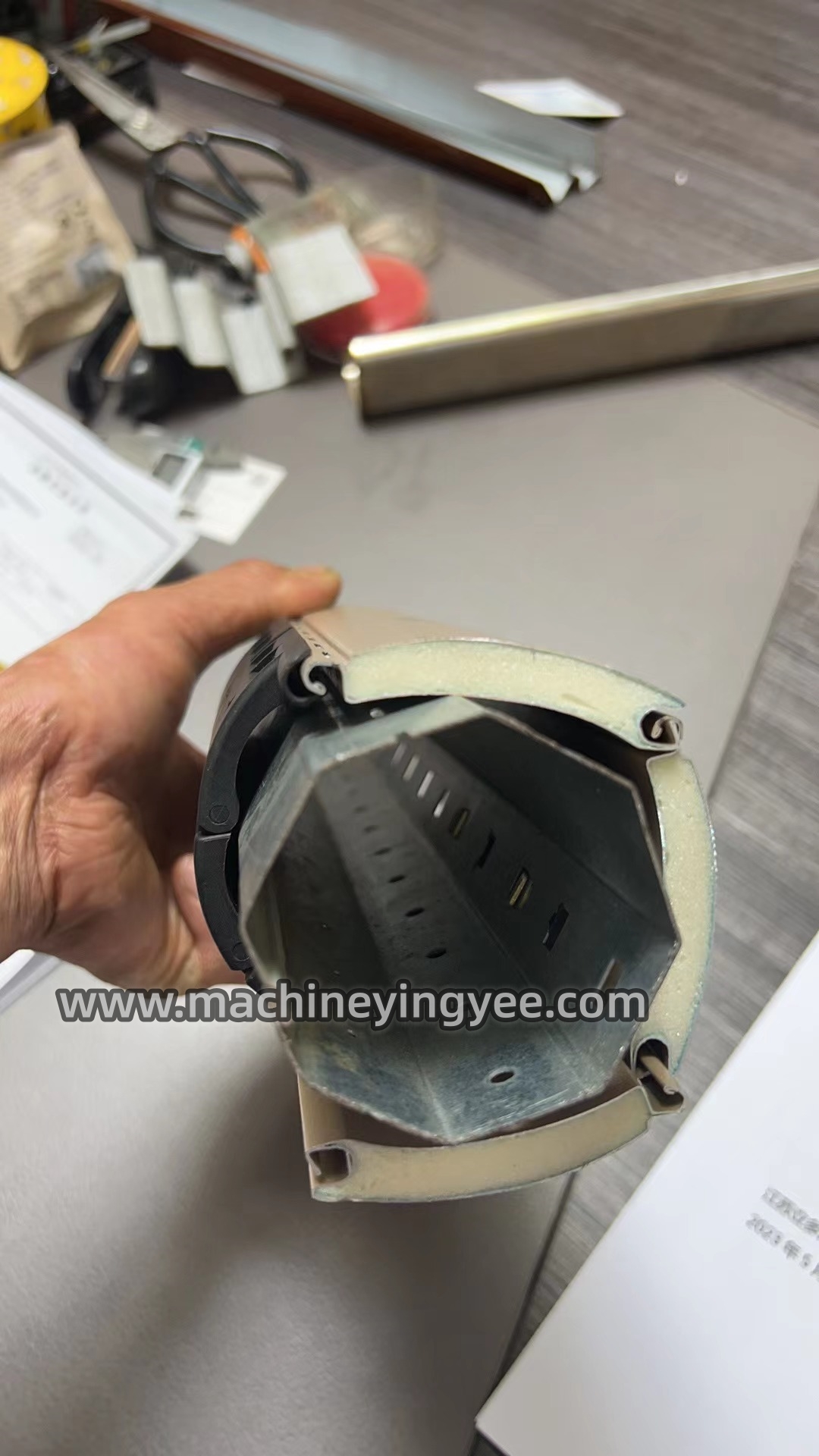
Understanding Solar Mounting Brackets and the Role of Roll Formers
As the world increasingly shifts towards renewable energy sources, solar power has emerged as a leading solution in the quest for sustainable energy. One of the critical components in solar energy systems is the solar mounting bracket, which ensures the stability and efficiency of solar panels. To manufacture these brackets effectively, the roll forming process plays a vital role.
Solar mounting brackets serve as the structural support for solar panels, ensuring they are securely fastened in place to maximize sunlight exposure. These brackets must be strong, durable, and resilient to various environmental conditions, as they are often exposed to harsh weather elements. The design and material selection for these brackets are crucial to their performance and lifespan. Typically made from materials like aluminum or galvanized steel, the brackets must provide optimal strength while also being lightweight for ease of installation.
The roll forming process is an efficient method used in the manufacturing of solar mounting brackets. This technique involves feeding metal sheets through a series of rollers that progressively shape the metal into desired profiles. The continuous nature of roll forming enables high production rates and consistent quality, making it a preferred choice for manufacturers.
One of the primary advantages of using roll forming for solar mounting brackets is the precision it offers. The process allows for exact dimensions and uniformity across all produced components, which is essential in ensuring that the brackets fit perfectly with solar panels and installation systems. Furthermore, this process minimizes waste, as it can produce complex shapes with minimal scrap material compared to other manufacturing techniques.

In addition to its efficiency, roll forming also supports a wide range of customization options. Manufacturers can create brackets tailored to specific project requirements, such as varying sizes, thicknesses, and design features. This flexibility makes roll forming particularly beneficial for companies looking to cater to diverse client needs in the solar energy sector.
Once produced, the solar mounting brackets undergo additional processes such as surface treatment and coatings to enhance their corrosion resistance and overall aesthetics. Applying protective coatings helps to extend the life of the brackets, ensuring they remain effective in harsh environments. This step is especially critical in coastal areas, where saltwater can lead to rapid corrosion of metal components.
With the increasing demand for solar energy solutions, the market for solar mounting brackets continues to grow. This surge has led to advancements in roll forming technology, resulting in more sophisticated and efficient manufacturing processes. Manufacturers are now able to produce brackets that are not only stronger and more durable but also have enhanced features like adjustable fittings and integrated grounding solutions.
In conclusion, solar mounting brackets play an essential role in the effectiveness of solar energy systems. The roll forming process stands out as a key technology in the manufacturing of these brackets due to its efficiency, precision, and flexibility. As the solar industry continues to expand, the importance of high-quality mounting solutions will become even more critical in driving forward the use of renewable energy sources, paving the way for a sustainable future.